AARP Hearing Center

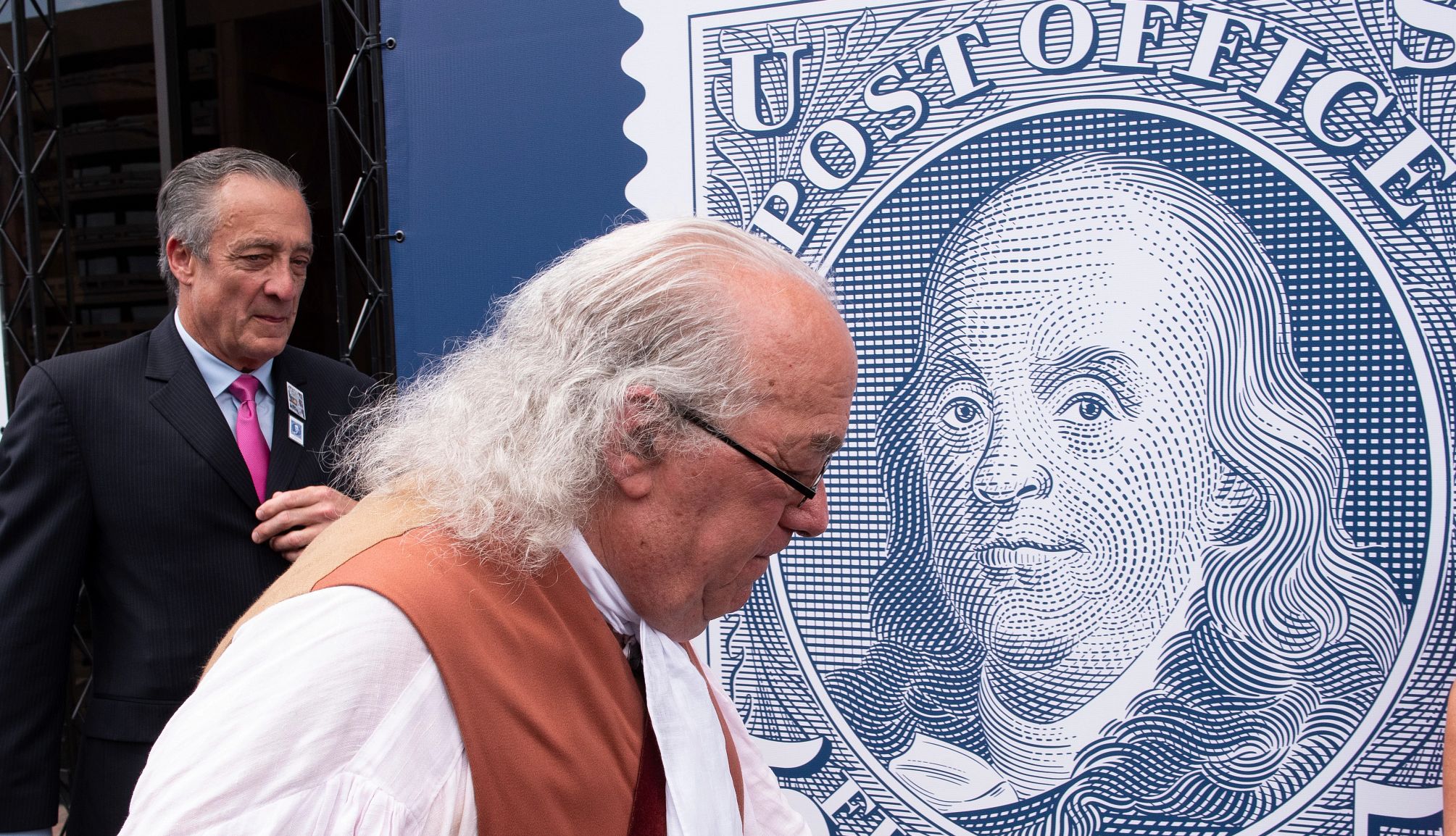
The one government agency that still reaches nearly every American daily — undeterred by rain, sleet, snow or even gloom of night — turns 250 on Saturday.
Established in 1775, when the Second Continental Congress appointed Benjamin Franklin as postmaster general, the postal service predates the United States itself. It was launched nearly a year before the colonies declared their break from British rule.
“The country may not even have come into existence but for the Postal Service,” said Stephen Allen Kochersperger, the postal service historian and a former local postmaster.
Now grappling with concerns over its financial viability, the independent agency has had a long and colorful history. It has grown from serving the 13 colonies to delivering more mail than any other postal system in the world, reaching nearly 169 million addresses and employing more than 635,000 people.
America’s first postmaster
When the Continental Congress met in 1775, it had two main priorities: appoint a commander to lead the war against Britain and appoint a postmaster to oversee communication among the colonies.
Franklin was chosen because he had served in the British postal service for North America. He’d been dismissed in 1774, in part for his radical views.
The early American postal service linked colonial leaders and the Continental Army. It also helped unify the diverse, fragmented colonies by spreading ideas of liberty and independence through letters, newspapers and pamphlets.
“People were reading, getting ideas of what it would be like to be an independent country,” Kochersperger said.
Settlers, migration and roads: A nation connected
When the U.S. Constitution was ratified, Congress was granted power to establish post offices and mail routes — many along existing Native American trails. These post roads, first used by mail carriers on horseback, were upgraded for stagecoaches. Some evolved into highways still used today.
Historians have said this aided settler expansion into Native lands and was intertwined with the displacement of tribes.
As western migration accelerated, mail was sent by ship from New York to Central America and on to California. Delivery typically took two to three months.
A new business model: Putting a stamp on it
Before the advent of stamps, postage was generally collected in cash from the recipient.
“By the mid 19th century, the problem is developing that the post office is carrying a lot of letters for which it’s never actually getting paid,” said Daniel Piazza, chief curator of philately at the Smithsonian National Postal Museum.
With no home delivery, recipients either didn’t want the letters or were unaware of them. Postmasters paid to publish in newspapers lists of people with mail piling up.
In 1847, the first U.S. postage stamps were issued. Making postage prepaid saved the post office the trouble of chasing down its money.
“That’s a business model that’s pioneered in 1847 that is still the basic business model of the postal service today,” Piazza said.

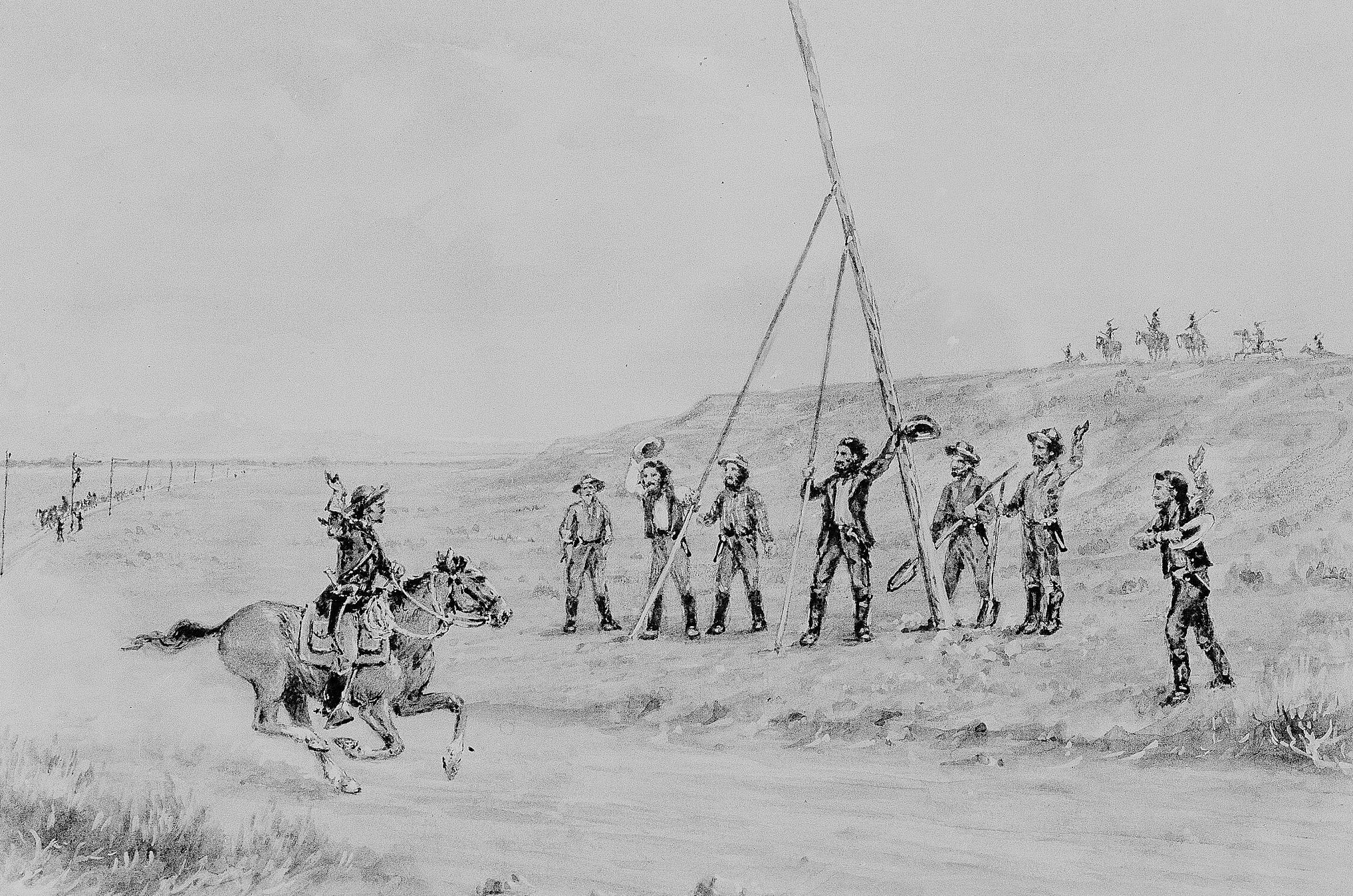
A postal precursor: The Pony Express comes ... and goes
While the Pony Express is legendary, it only lasted about 18 months.
Operated by private carriers from April 3, 1860, to October 26, 1861, a relay system of riders on horseback carried mail, often from San Francisco or Sacramento, California, to St. Joseph, Missouri, the furthest westward railroad stop. The 1,800-mile journey took 10 days.































































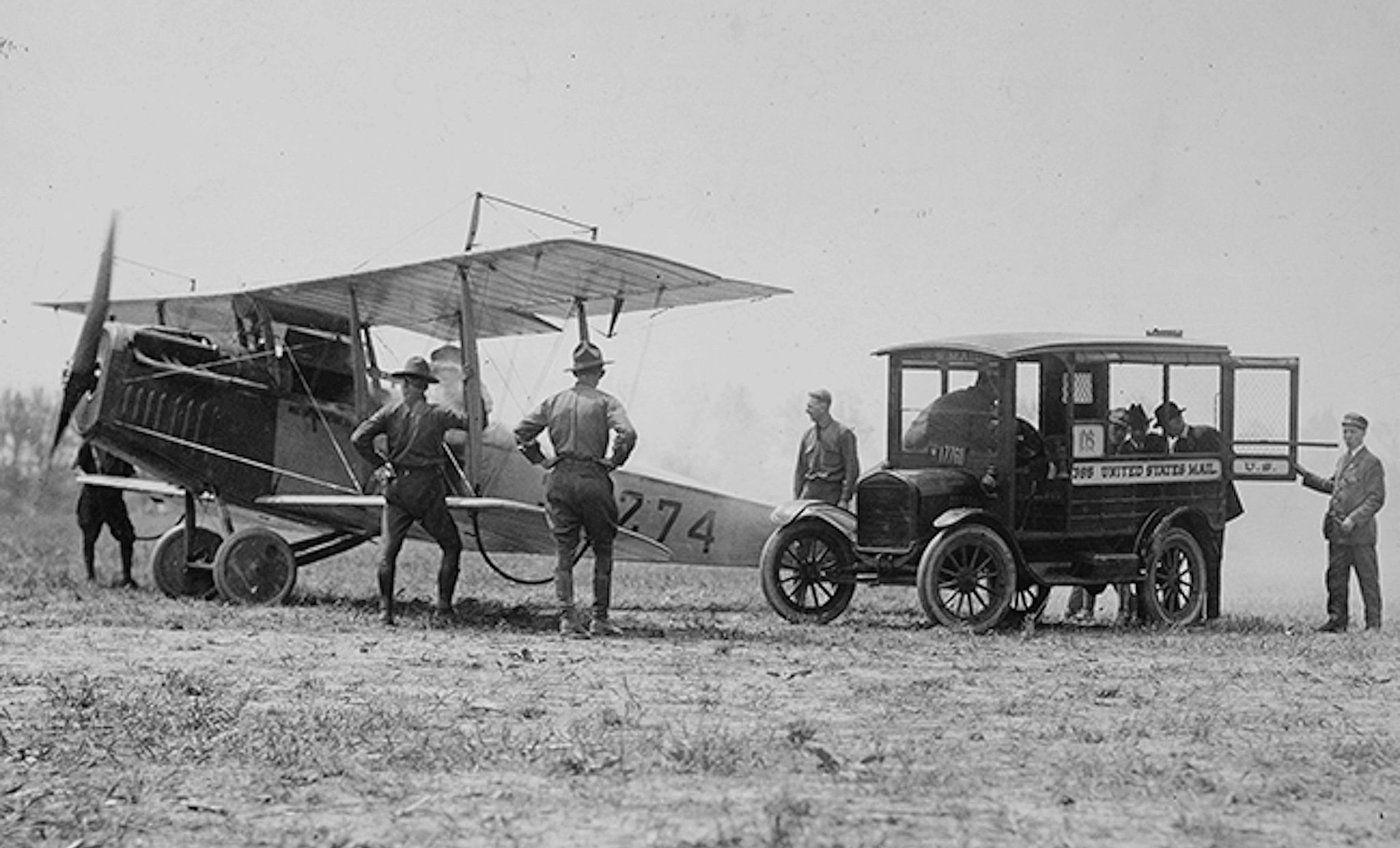
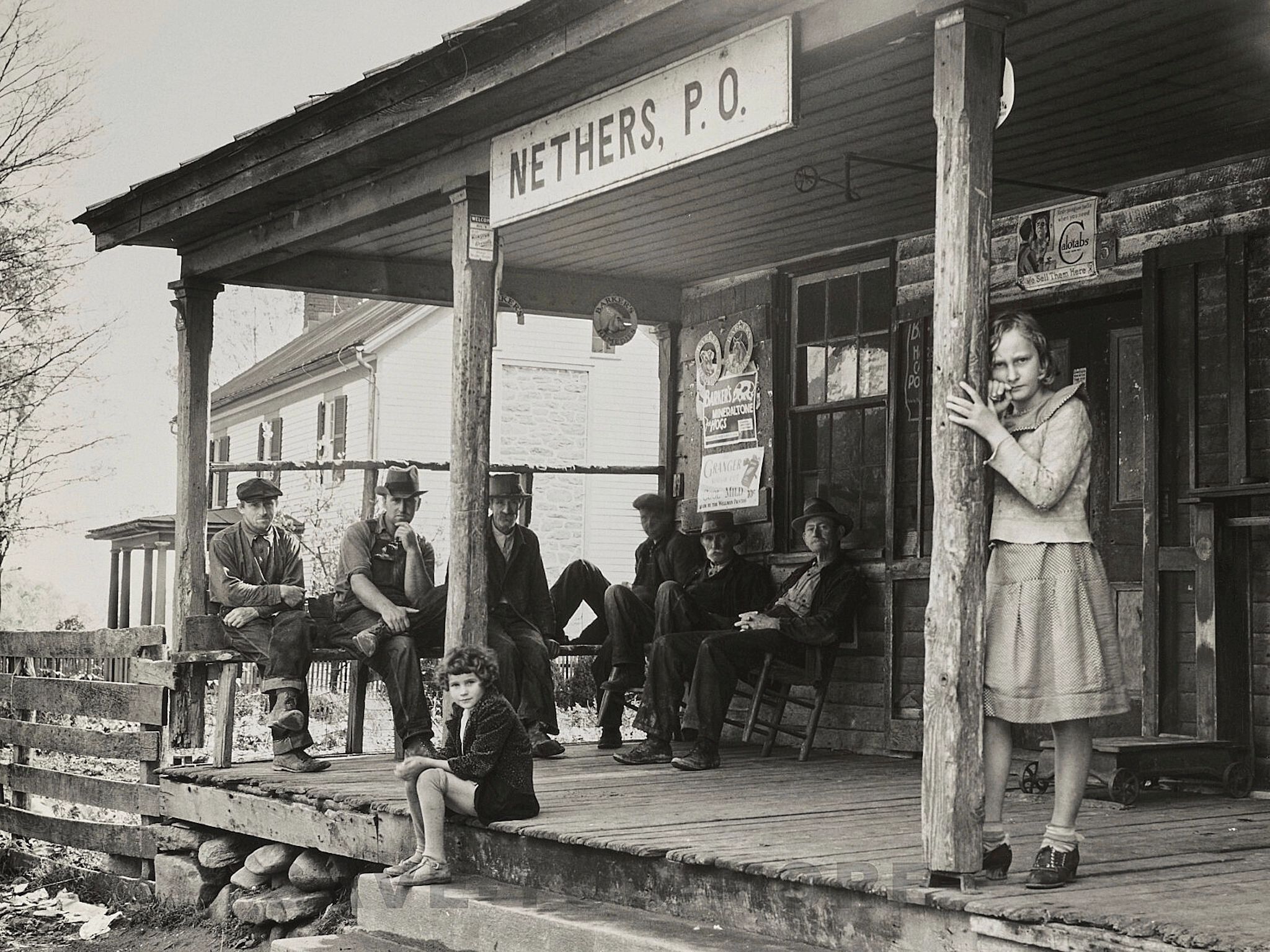
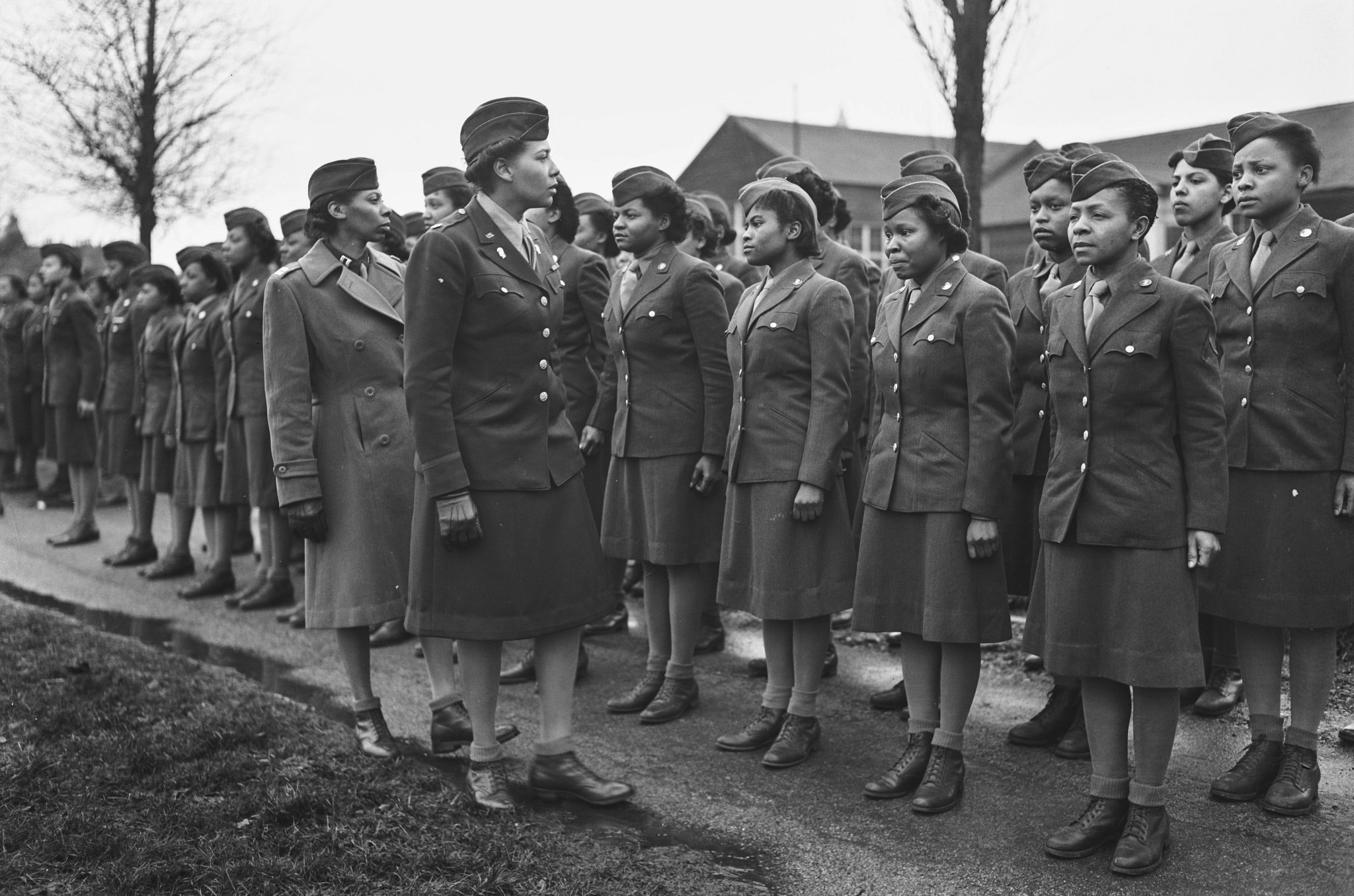



More From AARP
USPS Holidays in 2025: Is the Post Office Open?
Get services online even when there’s no mail delivery and post offices are closed
Post Office Hikes Prices Again
Forever stamps, postcards will cost a bit more
Things You Never Knew About the Post Office
From mail-delivery boats to storing stamps underground, these facts may surprise you